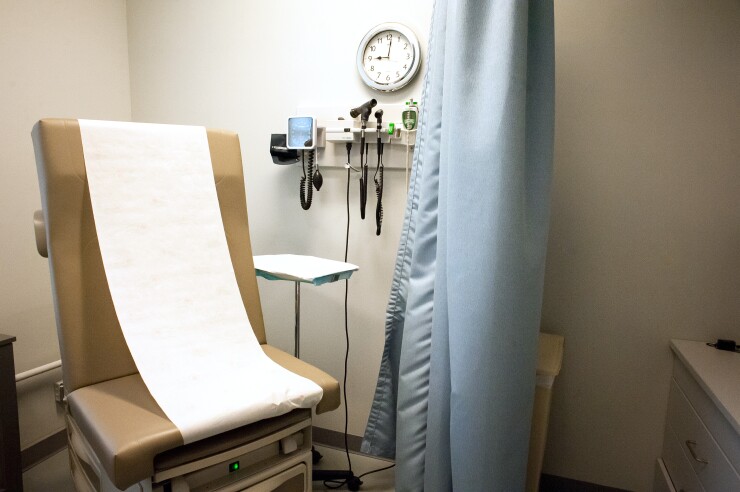Healthcare is one of the biggest expenses for both employers and employees. The average family premium for a company is $21,342, according to data from the Kaiser Family Foundation. Since 2009, premiums rose 54%, while workers’ contribution increased 71% – several times more than wages (26%) and inflation (20%).
Even worse, there is no correlation between higher costs and better care. Hospital costs for the same procedure can vary dramatically and are up to four times more than what Medicare pays, according to a Rand study.
Although the Affordable Care Act attempted to address many of the long-standing challenges by shifting to value-based care and testing new models of healthcare delivery, problems still remain.
President Biden is already taking steps to address some of the ACA’s shortcomings through some executive orders. During his campaign, he suggested other actions he wanted to take, such as capping marketplace premiums at 8.5% for all income levels with the goal of spurring enrollment and strengthening ACA with an affordable public option.
The recent $1.9 trillion stimulus package passed by the House is also taking on this challenge, offering an increase in government subsidies to health insurers for covering workers laid off as a result of COVID-19 and those purchasing their own coverage. This is a start, but so much more can be done.
Making true value-based care a reality
To make value-based care a reality for Americans, we need more than new policies. We need participation from the private sector. It’s time for a market-based approach — one that incents doctors and hospital systems for delivering high-quality care at affordable, predictable costs, while keeping employer premiums in check and eliminating excessive costs for patients.
This is already being done via Centers of Excellence. COE programs develop comprehensive bundled payment arrangements with the top providers and directly contract with them for common, high-cost procedures, like orthopedic surgery or even breast cancer treatment. Employers can purchase healthcare directly from these providers for a single, transparent price and offer personalized, one-on-one support to patients throughout their care journey.
COEs ensure that employers know their healthcare costs upfront, while doctors are rewarded for delivering high-quality outcomes and hospitals receive payment upfront. Additionally, since costs are controlled, patients who choose the COE option face no bills, no deductibles and no out-of-pocket payments.
When only one-fifth of employees leveraged a COE offering, employers saved almost 10%, while employees saved more than $2,000 by not having deductibles or other costs, according to Rand data. If a majority of employees use the COE program, employer savings can reach in excess of 45%. COEs also reduced unnecessary surgery, redirecting 30% of patients to less invasive treatments, and reduced readmissions — another key quality metric — by as much as 86% relative to the national average.
The next move
We don’t need to wait for new laws and policies to improve our healthcare system. COEs are a great first step toward a market-based approach. They are proven to deliver high-quality, affordable healthcare. They can be implemented immediately since they only require an agreement between employers and providers. They are proving to deliver a positive experience all around, with incentives for patients , employers , doctors and hospitals.
Now is the time for the private sector, employers and healthcare providers alike, to step up and take ownership of making important changes by creating a vibrant marketplace — one that provides the right incentives to achieve value-based care and empowers healthcare consumers with the information and tools to make the best decisions.






